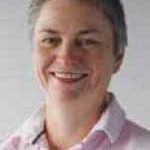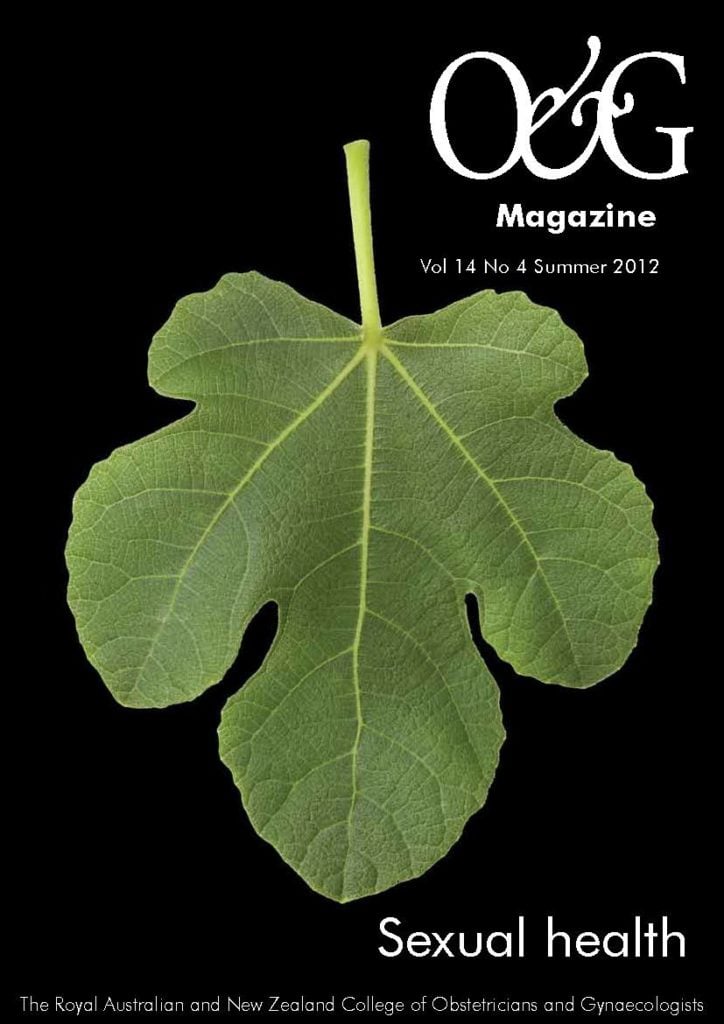Sexuality education in New Zealand schools is a highly contested area, if the amount of noise in the media in the last few years is anything to go by.
Arguments reign over whether sexuality education is insufficient, leading to negative outcomes, through to there is too much and it encourages young people to become sexually active, resulting in negative outcomes and moral degradation.
The question needs to be asked: what do we expect from sexuality education? If we do not expect every young person to leave school as an expert in mathematics, why would we expect them to be getting everything right regarding their sexual behaviour and relationships? The success of school-based learning should be measured in terms of learning outcomes, rather than health behaviours.
However, sexual and reproductive health and sexual violence statistics are concerning and remind us there are negative outcomes associated with some sexual behaviour. We in the health and education sectors agree these risks are important enough to educate young people about them.
New Zealand has relatively high birth rates in the 15–19 age group, and the corresponding high rates of abortion1 indicate unintended and unwanted pregnancies. Rates of sexually transmitted infections and unwanted sexual contact statistics2 tell us that young people are not getting the information they want or need, or are not acting on it, and that some are experiencing negative health outcomes.
International evidence shows that good-quality, comprehensive, sexuality education has a protective function as young people who have had good education are more likely to delay having sex, reduce the number of sexual partners and increase condom or contraceptive use. Some programs have been found to reduce the frequency of sex.
Sexuality education is more effective if taught by trained educators; and when activities, instructional methods and behavioural methods that are appropriate to the culture, developmental age and sexual experience of the participants are used.4 There is also evidence that sexuality education is most effective if it starts before young people become sexually active.
In December 2001, it became a requirement for sexuality education to be taught within a broader health program from Year 1 up to and including Year 10.5 A new curriculum, The New Zealand Curriculum (NZC), was introduced in 2007.6 It is a statement of official policy relating to teaching and learning in English-medium New Zealand schools.
Sexuality education is one of seven key areas of learning in the subject health and physical education. Each curriculum level under health and physical education – running Level One to Eight across 13 year groups – outlines the basic learning aims under the headings personal growth and development; safety management; personal identity; relationships; identity, sensitivity and respect; interpersonal skills; community resources; and rights, responsibilities and laws.
It will surprise many non-educators to discover that the NZC does not have a fixed body of expected knowledge. It does not prescribe the type, amount and depth of content knowledge to be taught.
Subject guidelines on how to operationalise the curriculum are still being developed. The core statement on health and physical education, published in 1999, remains the official guidance for developing programs. In it, the aim of sexuality education is identified as providing students with the ‘knowledge, understanding and skills to develop positive attitudes towards sexuality, to take care of their sexual health, and to enhance their interpersonal relationships, now and in the future.’7 Sexuality is therefore viewed holistically, within the context of social and emotional development and not just as means by which certain public-health outcomes can be achieved.
Schools are required to develop their own curriculum and programs based on the NZC outline. Boards of Trustees, the schools’ governing bodies, are required to consult with their community, including students, at least every two years on how the school intends to implement the health curriculum, of which sexuality education is a part.8
Teachers are expected to interpret the NZC Achievement Objectives and identify students’ prior knowledge and experiences, to decide what their students’ need to learn in order to be able to achieve and progress in their learning.
Sexuality education programs require a response to all aspects of the curriculum. As a school community develops its own curriculum, the NZC gives direction to the principles that ‘underpin and guide the design, practice, and evaluation of curriculum at every stage’.9 Additional direction is given to the development of the values to be encouraged, modelled and explored (excellence; innovation, inquiry and curiosity; diversity; equity; community and participation; ecological sustainability; integrity; respect); key competencies required for learning (thinking; using language, symbols, and texts; managing self; relating to others; participating and contributing), and effective pedagogy underpinning effective teaching (supportive learning; reflection, relevance, shared learning, knowledge and experience; and teaching as inquiry).
Sexuality education is eminently suitable as a subject to develop these values and competencies in young people, and lends itself ideally to using the effective teaching pedagogy such as drawing on experience, reflecting and interactivity. What all this means in practice, however, is that there is huge variation between schools regarding their programs, including the comprehensiveness of content of their programs, and the quality of delivery and approach, and therefore student learning.
The status of sexuality education within a crowded curriculum means programs can be very brief in some schools, and are not long enough to meet the time characteristic of more than a few hours for effective programs.10
Parents have the right to withdraw their children from the sexuality component of the taught health program. This results in some young people missing out on accurate information and the opportunity to develop attitudes and skills that are health promoting in the broadest sense.
The Youth 2007 survey of over 9000 secondary school students found that 36.3 per cent (n=2 931) reported ever having had sexual intercourse. Sexual activity levels were higher in 16 and 17 year olds.11 With sexuality education compulsory only until Year 10, there is no requirement to provide sexuality education for the ages when students are increasingly likely to be sexually active.
In 2006, the Education Review Office (ERO) evaluated the quality of sexuality education in years 7 to 13 in 100 schools.12 The evaluation found some highly effective and ineffective schools with the majority of programs not meeting students’ learning needs effectively. Of schools reviewed, 20 per cent had substantial weaknesses. Two areas of particular weakness in two-thirds of the schools were the assessment and tracking of student learning, and the need to improve performance ‘significantly’ in the area of meeting the needs of diverse groups of students. This included meeting the needs of Maori and Pacific students and non-heterosexual students.13
Schools needed to improve on undertaking two yearly community consultation and including students’ voices in this process. Failure to do so risks young people disengaging.
New Zealand studies have found that young people’s needs are not being met in sexuality education programs. There is a strong focus on health pragmatism and safer sex discourses14, particularly for older age groups. By contrast, young people want sexuality education to be taught in the context of relationships, treating them as ‘legitimate sexual subjects’15 and include topics such as pleasure, abortion, teenage parenthood, emotions, dealing with breaking up and diversity.16
In order to improve sexuality education, ERO recommended school-wide guidelines, safe and inclusive learning environments, and the provision of support service information. The contributions of external providers need to be integrated into programs and their quality and effectiveness monitored, while any resources used need to be reviewed.
The adequacy of professional development for teachers needed investigation. Since the review, there has been a cut in pre-service training and in funding for in-service training options for teachers, resulting in even fewer professional training opportunities and supports. The recommendations to government Ministries to strengthen the quality of sexuality education, post-2007 ERO report, have not yet been met.
The experience of Family Planning since the ERO review is that many schools are still struggling with community consultation and developing program content and many teachers are still uncomfortable with teaching sexuality education. It seems evident that we are a long way from achieving consistently good practice in the teaching of sexuality education.
Family Planning provides teacher training programs and consultancy services, alongside publishing resources that teachers can use to base the development of their teaching programs on, appropriate to their students’ needs and community wishes.
References
-
- New Zealand Child and Youth Epidemiology Service. 2007.Monitoring the health of New Zealand Children and Young People –Indicator Handbook.
- Adolescent Health Research Group. 2008. Youth ‘07: The Healthand Wellbeing of Secondary School Students in New Zealand. InitialFindings. Auckland.The University of Auckland.
- Kirby D. 2007. Emerging Answers 2007: Research Findings onPrograms to Reduce Teen Pregnancy and Sexually TransmittedDiseases.
- Trivedi D, Bunn F, Graham M, Wentz R. 2007. Update on review ofreviews on teenage pregnancy and parenthood. Centre for Researchin Primary and Community Care.
- New Zealand Gazette Notice. December 2001.
- Ministry of Education. 2007. The New Zealand Curriculum.
- Ministry of Education. 1999. Health & Physical Education in the NewZealand Curriculum.
- Ministry of Education. 1999. Sexuality Education: Revised Guide for Principals, Boards of Trustees and Teachers.
- Ministry of Education. 2007. The New Zealand Curriculum.
- Kirby D. Emerging Answers 2007: Research Findings on Programs toReduce Teen Pregnancy and Sexually Transmitted Diseases.
- Adolescent Health Research Group. 2008. Youth ‘07: The Healthand Wellbeing of Secondary School Students in New Zealand. InitialFindings. Auckland. The University of Auckland.
- The Education Review Office. 2007. The teaching of sexualityeducation in years 7 to 13. June 2007.
- The Education Review Office. 2007. The teaching of sexualityeducation in years 7 to 13. June 2007.
- Jackson S, Weatherall A. 2010. Dilemmas of Delivery; Gender,health and formal sexuality education in New Zealand /Aotearoaclassrooms. Women’s Studies Journal. 2010 Aug; Volume 24Number 1: 47 – 59.
- Allen L. 2011. Young people and sexuality education. Rethinking keydebates. Houndmills: Palgrave Macmillan.
- Allen L. 2008. They think you shouldn’t be having sex anyway: YoungPeople’s Suggestions for Improving Sexuality Education Content.Sexualities: Studies in Culture and Society, 11(5), 573-594.






Leave a Reply